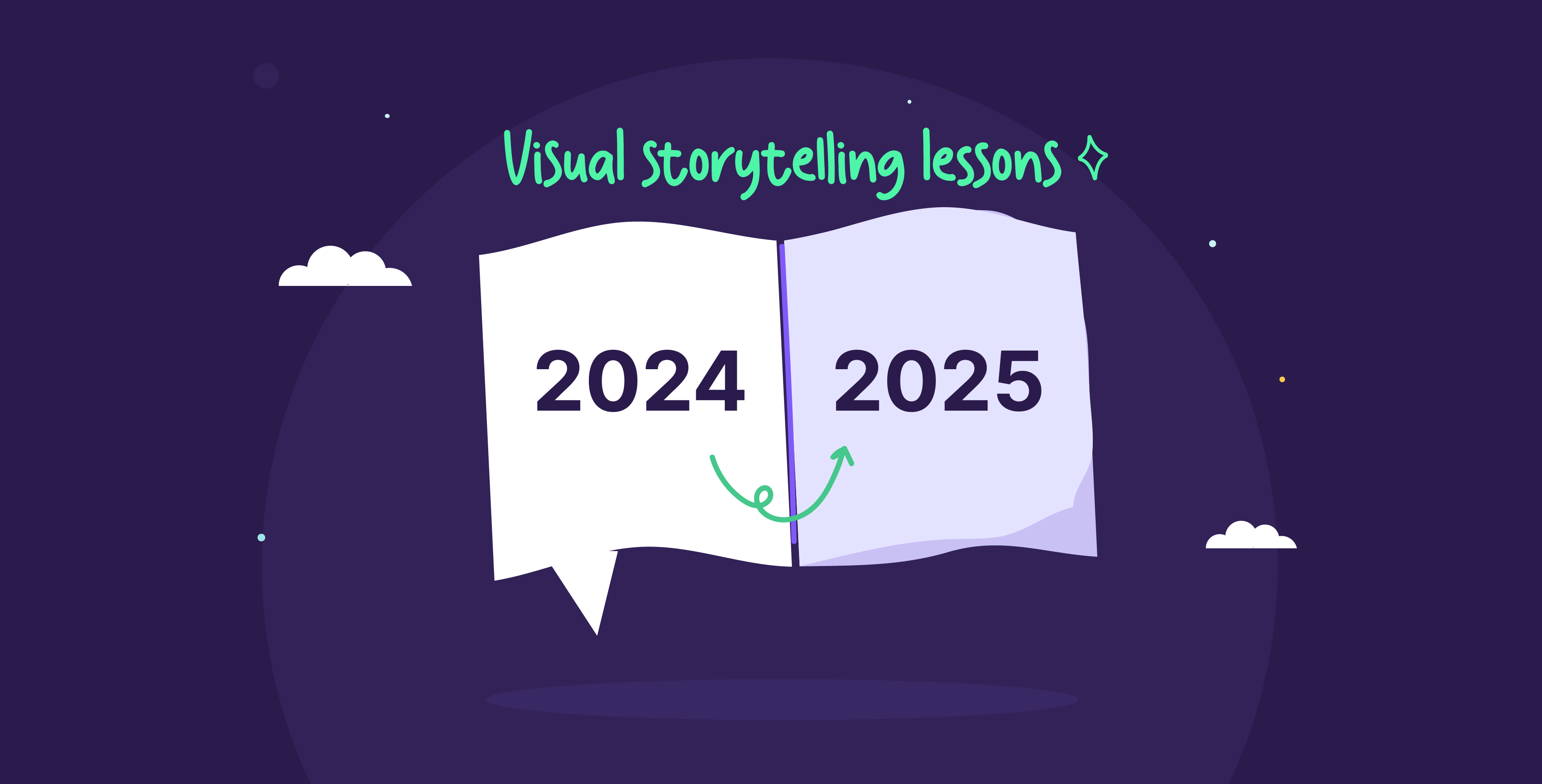08 February 2024
In today’s data-driven world, report presentations are crucial for driving informed decisions. However, it isn’t as simple as sharing data findings. In this article, we’ll be exploring key strategies to translate your reports into compelling and impactful presentations that, when well-crafted, are about clarity and transparency, with effective communication making all the difference.
What are report presentations?
A report presentation is a tool for communicating a company’s performance and updates to guide strategic decisions. They provide a cohesive overview by tackling key questions and concerns: What is the current status? How are resources being allocated and used? What are the decisions that will need to be made later on? This should be an opportunity to offer transparency over these issues and also provide a foundation for any decision-making process. This is why it’s crucial to present information clearly and comprehensively to ensure that the data is actionable for your audience.
Techniques for effective report presentations
To create impactful report presentations, the following techniques are effective strategies for communicating a report through slides:
Organize the data
A well-structured PowerPoint is vital for building effective communication. Just as you would organize a research paper, the presentation should present the data logically. Utilize headings, subheadings, and bulleted lists to break down the heavy information into digestible pieces. This helps the audience with readability and following your train of thought to easily comprehend key findings. Presenting data in a structured and organized manner ensures that the message and data are delivered effectively and leave a lasting impact.
Use visual aids
Visual aids such as charts, graphs, and tables are a core element of reports since they communicate the data in a digestible way for the reader. When presenting this information, instead of just copying it into a slide, you can simplify it to highlight key data points for your audience. Get rid of the unnecessary labels, excessive data sets, and overly detailed legends that can crowd a slide. Best practices involve pairing a graph with a clear takeaway so the audience can understand both the data and its implications.
Highlight the main findings
Presenting a report must include a strong emphasis on the main findings of the report. Start by identifying key insights or takeaways that your audience needs to know and act on. Share these findings clearly and make sure that they stand out on our slides by accentuating them with color accents or icons. Then, summarize the main data points, let go of the monotonous details, and incorporate supporting visuals like infographics to reinforce the message. Emphasizing the main findings ensures that your audience is focused on the outcomes, allowing them to make informed decisions.
Turn data into strategy by offering recommendations
A compelling presentation is more than just showcasing data; it translates insights into strategies. Based on your findings, use your slides as an opportunity to offer actionable recommendations. Support these recommendations with specific data points to demonstrate their validity and potential impact. By connecting your recommendations with your data, you build trust with evidence and highlight the value of your input. Finally, you can conclude with a clear roadmap and a proposed timeline to encourage the audience to take concrete actions.
Tell a story with data
Data alone can be dry. By weaving them into a compelling narrative built around your findings, you can transform them into a story that relates to and interests your audience. Structure your data around a clear storyline, using the report’s findings as evidence to support your main message. You can further enhance this narrative with real-world examples and case studies to connect the data with your audience’s experiences. Plus, a story can highlight trends and patterns in the data to showcase how they relate to broader issues or shifts over time.
Use the report as a foundation for discussion
Rather than having your report presentation be a one-sided lecture, turn it into a dynamic discussion. By using your report as a foundation, you can foster meaningful interactions and conversations with your audience. Pose a thought-provoking question, facilitate group activities like brainstorming sessions, and gather feedback to involve your audience in your exploration of the report’s findings. This approach keeps your listeners engaged but also enhances your ideas through collaborative insights.
A report presentation shouldn’t just be about summarizing data; it should strive to showcase that data’s value and lead to meaningful action. By implementing these strategies, you can create persuasive and informative presentations, ultimately driving better decision-making and achieving your desired outcomes. The goal here is to provide clarity and encourage your audience to act with confidence on the insights you share. At Prezlab, we focus on creating effective and inspiring presentations that get results. You can reach out now to learn more about our presentation consulting services.






